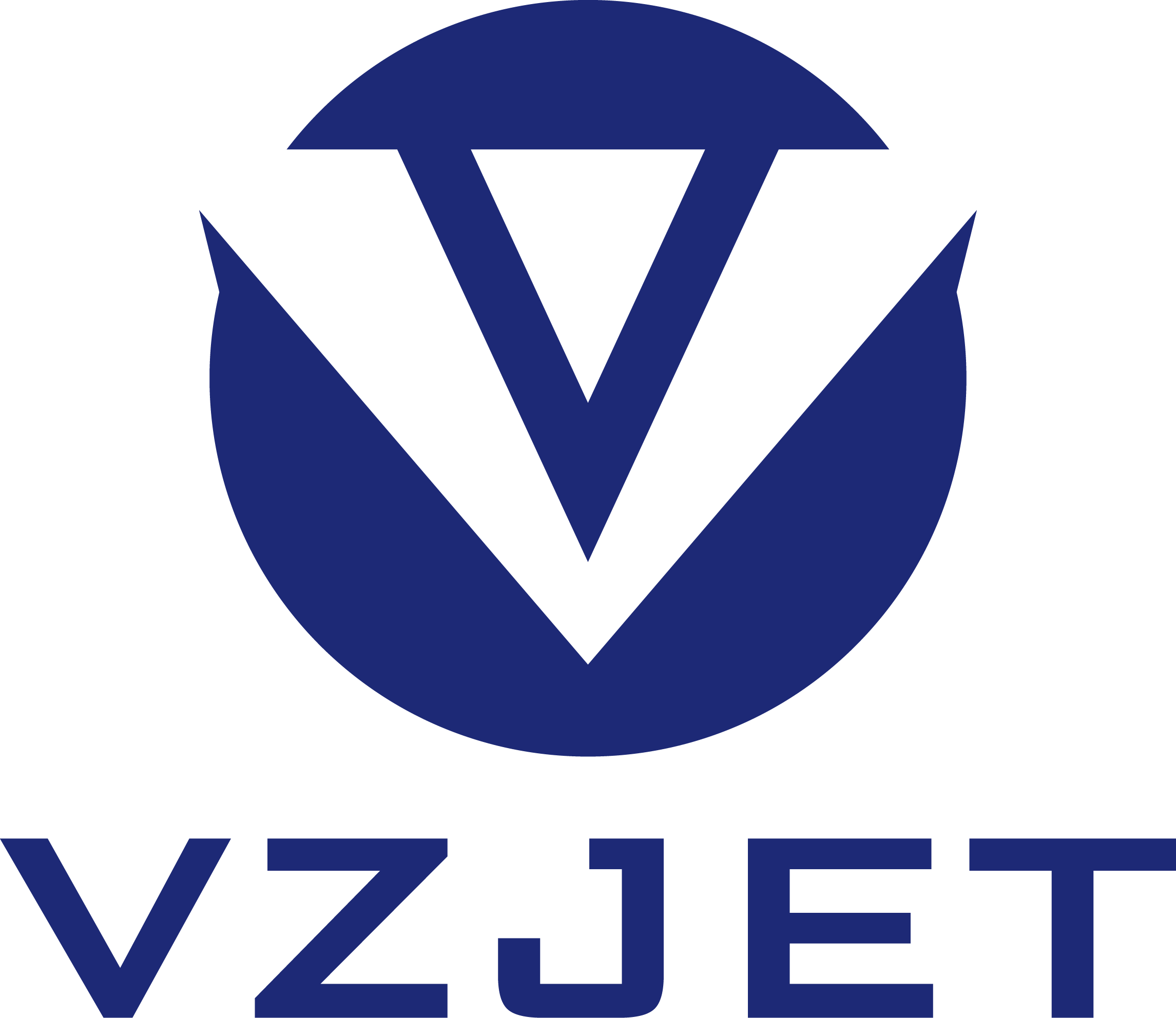Information
How to Choose an Inkjet Printer That Meets the Needs of Your Industry Application?
29 Jul,2025
Clarify Inkjet Requirements
- Content to be Printed: Determine the information that needs to be printed, such as text, dates, batch numbers, barcodes, QR codes, patterns, etc. Different types of information affect the choice of machine model. For example, printing complex patterns or high-precision barcodes may require a high-resolution inkjet printer.
- Number of Printing Lines: Determine the number of printing lines the inkjet printer needs to meet based on actual requirements. For instance, the pharmaceutical industry usually requires inkjet printers capable of printing three lines to mark the production date, batch number, expiration date, etc.
- Printing Precision: For products with high appearance requirements, such as precision electronic components and cosmetics, it is necessary to choose an inkjet printer with high resolution that can accurately print fine text or barcodes.
Consider Product Material and Production Environment
- Product Material: Different materials require different types of inkjet printers and inks. For example, when printing on permeable materials such as cartons and wooden boards, an inkjet printer with water-based ink should be selected; for non-permeable materials such as plastics and films, an inkjet printer with oil-based ink is suitable; for printing permanent marks on metal surfaces, a laser inkjet printer can be considered.
- Production Environment: If the production environment is high-temperature, high-humidity, or dusty, an inkjet printer that can adapt to the corresponding environment should be chosen. For example, in the cement and feed industry, large-character inkjet printers that can operate in harsh working environments are needed.
Match Production Speed
Pay Attention to Usage Costs
- Equipment Price: The prices of inkjet printers of different brands and types vary greatly. Domestic inkjet printers have high cost performance, while imported brands are more expensive but may have better stability. The choice should be based on the budget.
- Consumable Costs: Inkjet printers need to regularly replace ink and solvents; thermal transfer coding machines need to consider the cost of ribbon replacement; although laser inkjet printers have no consumables, the cost of replacing accessories is relatively high. It is necessary to comprehensively consider long-term consumable expenditures.
- Maintenance Costs: Choose an inkjet printer that is easy to operate and maintain, with a low failure rate, which can reduce maintenance costs and downtime. At the same time, understand the manufacturer's warranty policy and after-sales service to ensure that problems with the equipment can be solved in a timely manner.
Inspect Equipment Stability and Usability
- Stability: Choose an inkjet printer with reliable quality and strong stability to ensure the continuous operation of the production line and reduce production interruptions and losses caused by equipment failures.
- Usability: An inkjet printer with an intuitive operation interface and simple setting procedures can reduce employee training costs and operational errors, thereby improving production efficiency.
Comply with Industry Regulations and Standards
Choose a Reliable Supplier
- Brand Reputation: Select suppliers with rich industry cases, solution support, and good brand reputation, as their product quality and after-sales service are more guaranteed.
- After-sales Service: Inspect the supplier's after-sales service capabilities, including response speed, technical support, and spare parts supply, to ensure that problems encountered during the use of the equipment can be solved in a timely manner.
29 Jul,2025
Classification:
Information
Latest Contents








